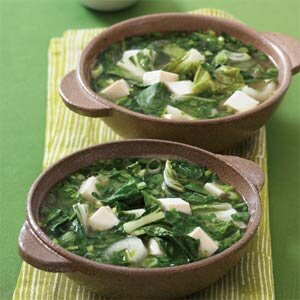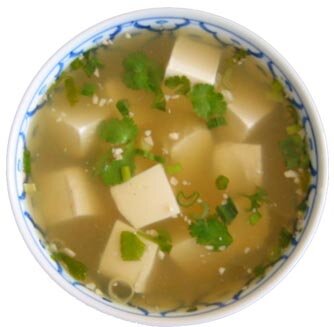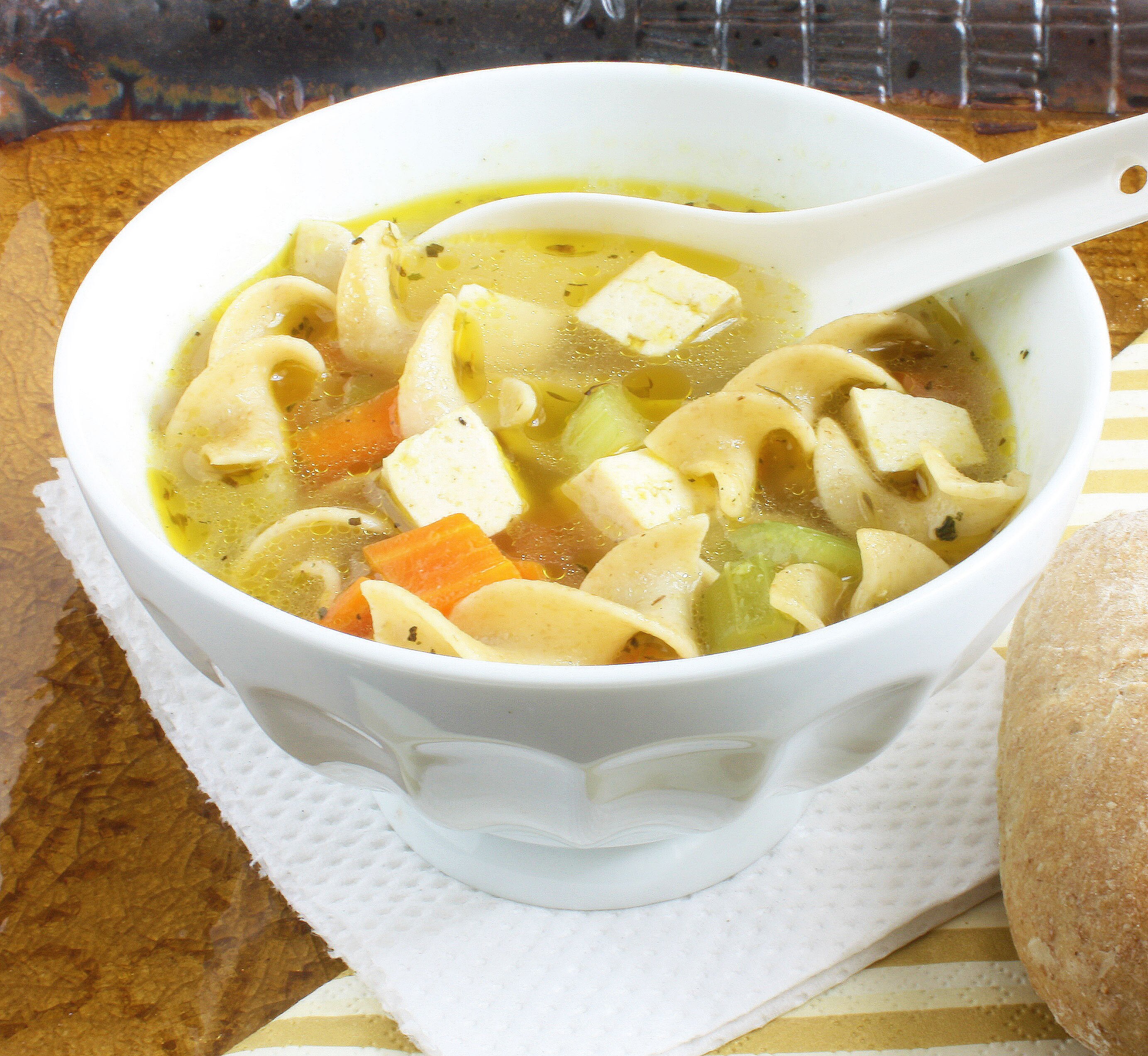Silk rolls and spring rolls are very unique two pure Vietnamese food in Vietnam, a long life in the North, a What appears after in the South.
Rolls are a staple dish tightly pack boiled, including rolls of silk or lean pork, pork fat, sausage players, made of pork (pig), or rolls made from beef, the latter have more vegetarian sausage.
Fried is fried dishes, grilled, steamed chopped Tun g pieces or crushed, ground meat, shrimp, fish, vegetables ... many, many, very rich in 50 kinds of rolls. Similar materials rolls silk, but baked instead of boiled cinnamon called as spring ball. Spring must have greasy, dry, also, the dish is cooked or boiled or oily mixed sliced vegetables, a stir-fry.
G IO ages
Silk rolls fresh traditional dishes in m Electrical North for a long time, there was in the bookFood v at t at k perfect t drink k l Australia but by Hoang Xuan Han of an eunuch Le Trung Hung, mid-18th century (1744-1745).

Drafts
Dish tightly wrapped sausage, boiled or steamed pork. called Father is not true as well as spring rolls of Electrical South is inhabited m Electrical North called spring rolls. Nem is a dish fermented sour, spring can not be boiled. Perhaps that rolls like a paper m Electrical North circular tube, the so-called paper? & smooth like silk spring rolls not boiled, should be mistake, call familiar, no wonder editing. Even names like Suong Nguyet Anh wrote the wrong light.

The Cau Tre food artisans are wrapping rolls of silk
Drafts typical dish is the essence of Vietnamese cuisine demonstrates taken root naturally delicious and healthy. Yet technical kh box picky, but very subtle. Just wrong is a bit shoddy really.example fresh meat, rolls of inferior quality, even not do rolls; meat as fresh, so fresh that the meat was still moving; while pounding, stabbing fast, time decay meat, pork is not tasty. Lack of fat, packaging do not adhesive rolls, smooth ... Without delicious sauce, rolls not bold delicious ... No banana leaf, natural flavor of the rolls decreases .
In fact v at t at k perfect t k that : " G IO selection loin foul. Get good plastic fingers that turn. Do not buy old loin, tenderloin young. As young pig packaging, packaging, white, good, thin packaging. Bring on type white salt packaging. Boiled banana backward, wash away. SAP is available. Let tenderloin, obsessed over. Hit small fast. The hours, three same weight (1/10 ounce: 39gr) fat, mixed with hit. Check sauce for just that tightly bundle for that cook for ch i n.Adapted cook it like boiled eggs ch i n, it ch i n. Will take the press, that guideline(lance leaf packets for water) for the drive " .
Silk or lean pork sausage usually do during the holiday, anniversary, one day t ET, people can share (type e ) pig (pork), most is season cold, stale rolls can , eaten during the festival days.
When business brought silk rolls on, hardly fresh meat and produce many very good hard rolls, people use storage additives such as borax, rolls are not damaged, crushed, tougher, so safety issues Food becomes more complex. Due to the business, so many parts more fat or packaging.
Rolls
Spring rolls are the m Electrical North , as my hometown called c huh Saigon, where exchanges with Chinese cuisine, Western Cham and Khmer.
Spring rolls are the typical dishes diverse culinary exchange, was born when no one will know for sure. If based on the birth of Saigon, the earliest in the French colonial period.

Rolls
Not only Vietnamese spring rolls but also Cantonese spring rolls, Philippines, Thailand, Songc rolls was CNN in 2011 was voted one of the world's 50 most delicious dishes and is one of the 12 Vietnamese delicacies record vote.
Pure Vietnamese spring rolls must have at least the following elements English:
rice cake rolling the with Chinese wonton cake.
Must be tasting sauce and sauce, mainly fish sauce mixed Sa i gon.
Include many substances, including shrimp and crab meat and vegetable fillers are not too many.
In addition to the characteristics of Vietnamese cuisine took root naturally delicious and healthy, very little oil and many vegetables, not only in material but also by way of processing and food to match.
The uniqueness of Vietnamese spring rolls can be a complete meal, served with Vietnamese noodles, raw vegetables including basil and pickles are good remedies.
From raw materials to processing techniques are critical to ensure the quality of the original request for naturally delicious and healthy.
Recipes like delicious addition to the selection of quality materials th ì to his first roll is not too thick nor too thin to cha fragile. To gi on to lemon vinegar applied to the cake or lemon juice or vinegar to oil. Fried Or when you eat the new fry again both hot gi on. fillers water as radishes, mushrooms should not be used because the This water contains will lose nothing wrong if to cool.
Human padded spring rolls should be about 30%, the rest are eggs, pork, shrimp; if, each 50%; if pork, shrimp, crab, so each 1/3.
Fillers include sorghum, wood ears, mushrooms, onions and spices ...
Currently spring rolls with many variations, in addition to cheap spring rolls, chicken spring rolls, spring rolls seafood such as squid, spring rolls, nuts, vegetarian spring rolls ...
The dishes silk rolls, spring rolls, traditional as easy quality, delicious fresh not only easy, less fillers, less phase, without preservatives or additives for long, smooth.
Going into business, food safety issues become more complex r a t important, so only reputable brands to ensure good hygiene and food safety as well as delicious .
Most dishes standardization issues traditional is pure Vietnamese ensure the hygiene and food safety, is imperative to do, to help develop new Vietnamese cuisine to the world.
The question for culinary professionals, food technologists perform qu y how, what measures to ensure that the product g io silk and c huh rolls have delicious and healthy, especially farming is not, at present r A t and the use of hazardous chemical substances, stimulating, very toxic additives.
I know the foreign food processing companies like Starbucks has a whole suite of quality management, food safety and effective scale. In Vietnam, there are now companies that have organized quality management and food safety stars for two traditional dishes in the upcoming Lunar New Year?
The exchange will answer these questions ourselves as well as those who ate two traditional dishes in the upcoming Lunar New Year is known, will be the scientific evaluation of existing products in the market today .
It is the honest answer my questions will help us peace of mind and help boost q uang three Vietnamese cuisine t of world as Vietnamese Kitchen scheme that I is leader each interest area ultra boosting.









.jpg)
.jpg)
.jpg)









